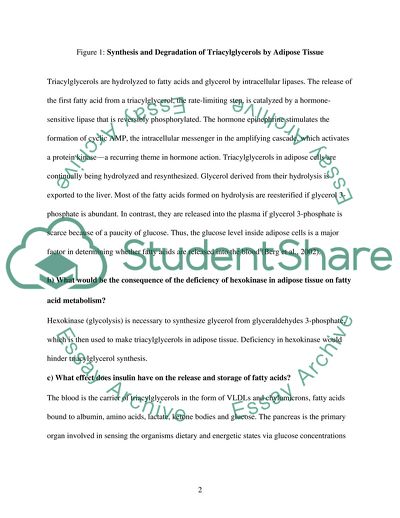Hormonal Control of Metabolism Assignment Example | Topics and Well Written Essays - 1000 words. https://studentshare.org/biology/1703563-hormonal-control-of-metabolism-triacyglycerol-metabolism
Hormonal Control of Metabolism Assignment Example | Topics and Well Written Essays - 1000 Words. https://studentshare.org/biology/1703563-hormonal-control-of-metabolism-triacyglycerol-metabolism.


